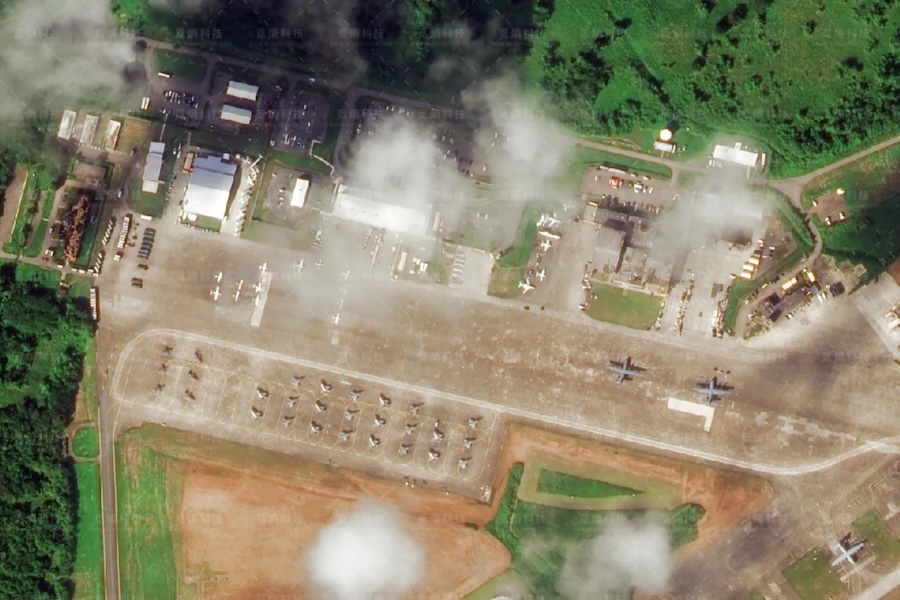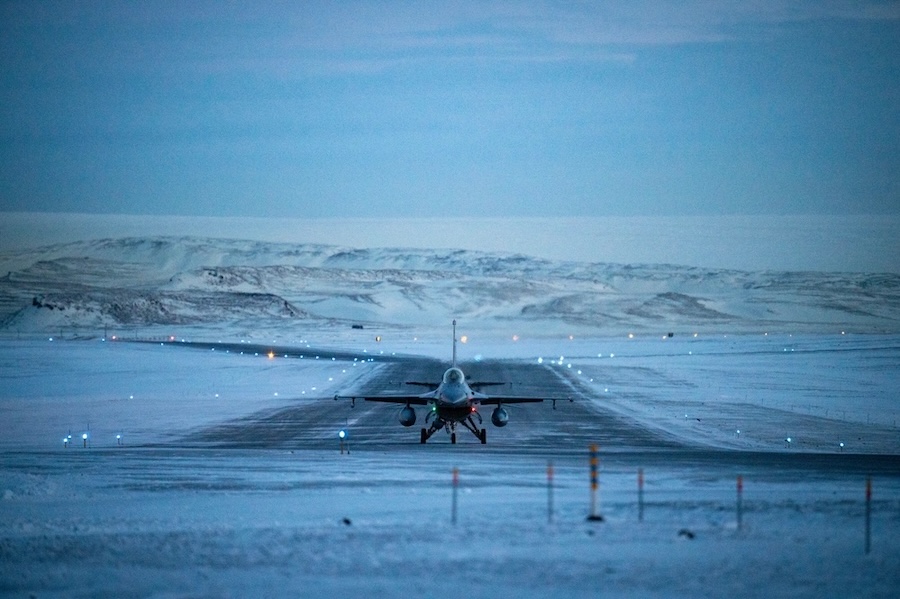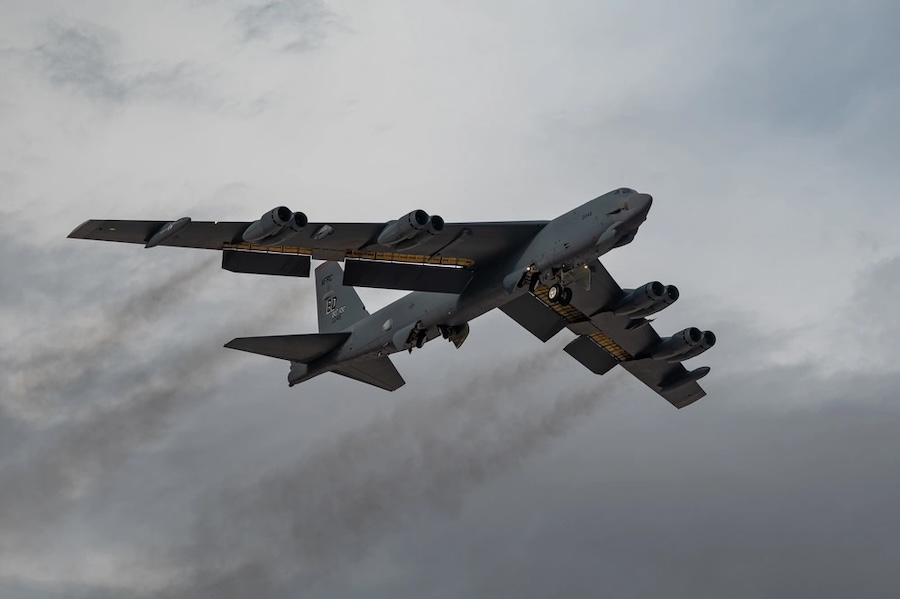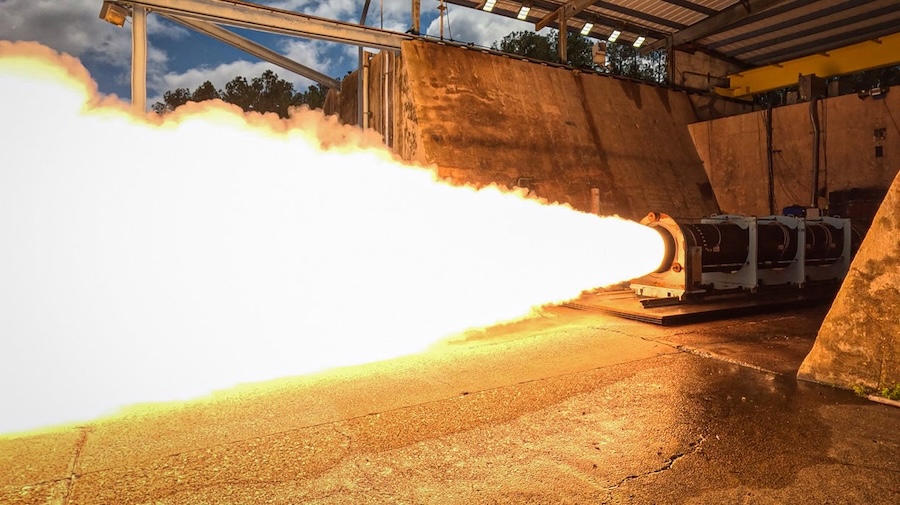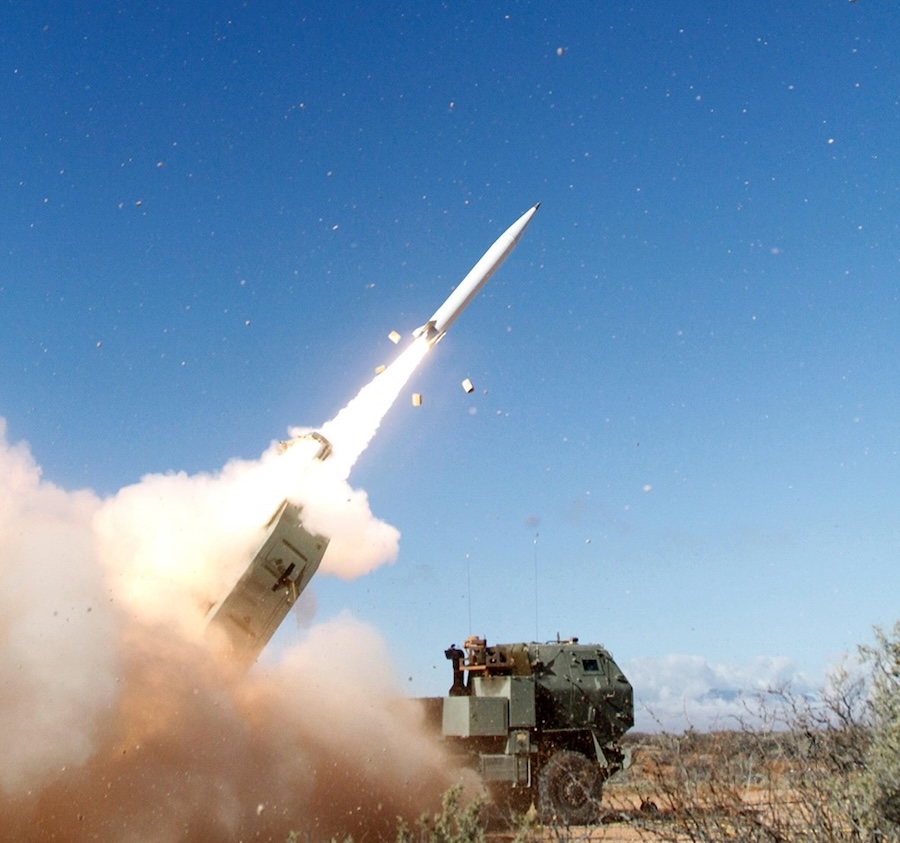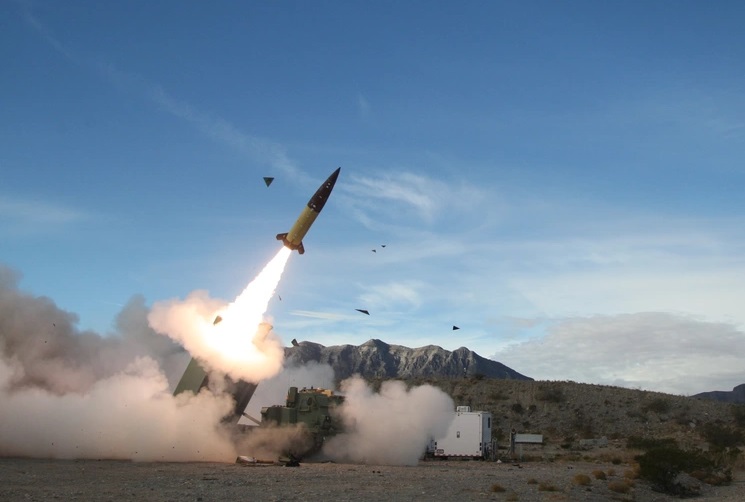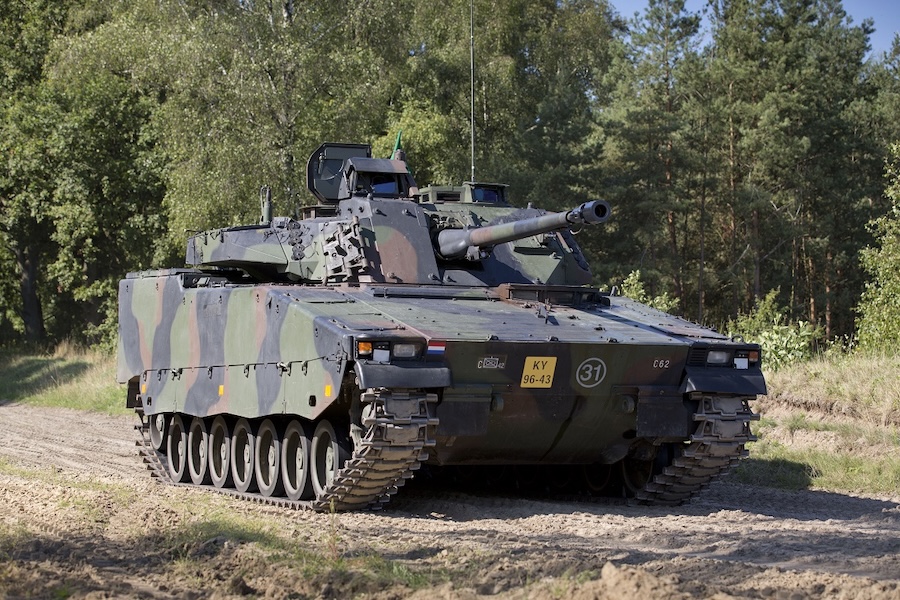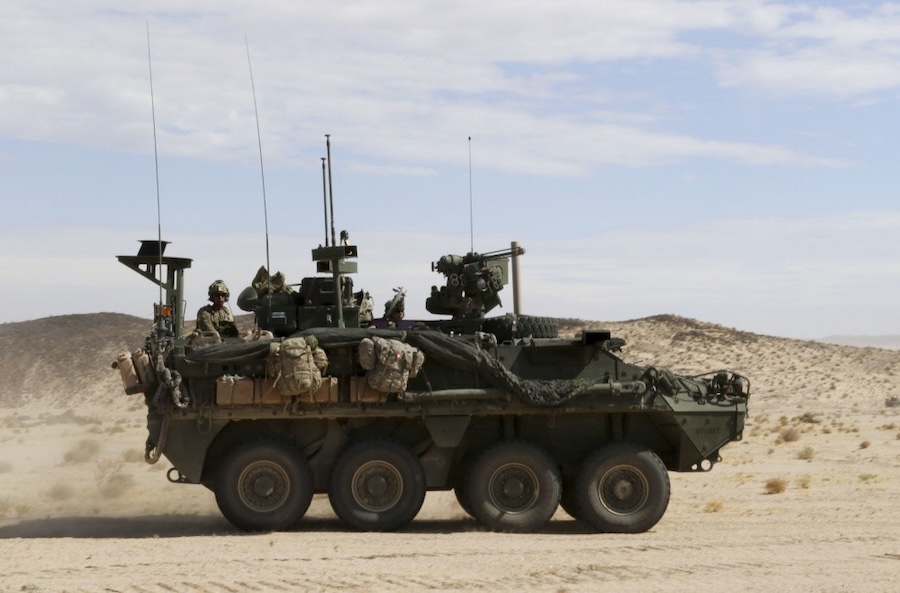The NGJ-MB, which will serve as the main electronic attack capability on the Navy’s E/A-18G Growlers, has already been deployed twice. It has also been used in US operations in the Middle East to counter Houthi and Iranian threats, with Australia among the buyers.
“We got some great lessons learned off those,” said Ernest Winston, associate director of electronic support solutions for RTX. “As good as we think we make this, we don’t fully understand how good it is until we get it in the hands of the fleet.”
Feedback has centred on maintenance, reliability improvements and software updates. “So, we’re taking in those lessons learned and seeing how we can apply those and make it even better,” Winston told Aviation Week at the Tailhook Symposium.
RTX is also examining ways to expand the jammer’s capabilities, though details remain undisclosed. “What else can you do with an array with this kind of power, this kind of speed and this kind of capacity? So we take that feedback and ideas from the fleet and say: ‘How do we implement those? Can we do those? Can we not?’ Those are the things we are looking at,” Winston added.
The Navy has acknowledged that the current iteration cannot counter certain established threats, and awarded RTX’s Raytheon unit a contract to develop the NGJ-Mid-Band Extended (NGJ-MBX). RTX has further indicated potential applications of the jammer on platforms including the F-15, B-52 and P-8.
In May, the Navy awarded RTX a $580 million contract for production lot five, with full fielding expected in 2027. The NGJ-MB will be joined by the NGJ-Low Band, designated ALQ-266 and developed by L3Harris, which is now in final design.
The Navy has also expressed interest in a high-band variant for the NGJ, but that programme remains unresolved.
Source: Aviation Week.









